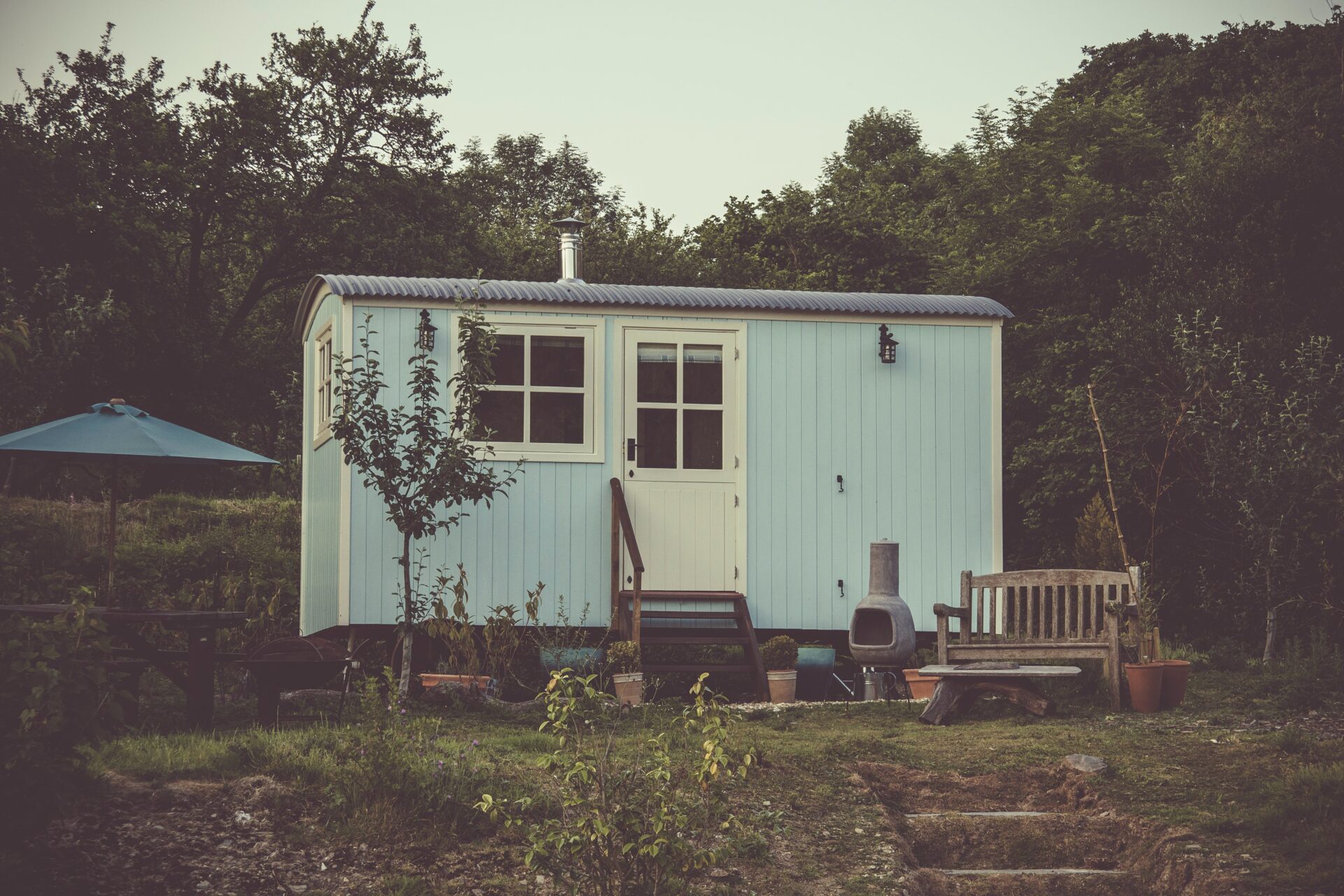A shed can be much more than just a straightforward storage option for your garden. Consider it your private haven, a space for your hobbies, or a safe place to store your gardening supplies and tools.
But how can you pick the ideal shed that fits you well when so many possibilities are available? To help you, we’ll review the elements to consider when selecting a shed for your garden. So continue reading if you’re thinking about adding a shed soon.
The following are the factors to consider when choosing the right shed for your garden:
Understand Your Purpose
The most critical step in choosing the right shed starts with understanding its purpose. Are you looking to store garden tools or need space for a workshop? Maybe it’s a haven for your hobbies or a home for your pets.
Your shed’s purpose will dictate its size, design, and features. For instance, Fair Dinkum Builds offers a wide range of customised sheds to cater to various needs, from garden sheds to large workshops. Determining your shed’s purpose will make you one step closer to finding the perfect fit.
Evaluate the Available Space
It’s essential to assess where you plan to set up your shed. Consider the general layout of your garden or backyard and the space the shed would occupy. The shed shouldn’t obstruct pathways or crowd your outdoor living area.
Additionally, ensure enough room for doors to open freely and for you to move around the shed comfortably. Calculate your shed’s largest possible width, depth, and height using a tape measure. Remember that it’s important to ensure the shed blends in with your outdoor space and fits into your available space.
Choose the Right Material
The material of your shed plays a crucial role in its durability, maintenance, and appearance. Wood, metal, and plastic are the prior materials used. Wooden sheds offer a classic, homely aesthetic but require regular treatment to prevent rot and termites.
Metal sheds, typically made from galvanised steel, are sturdy and more resistant to pests but can be prone to rust. Plastic sheds, often made of vinyl or resin, are low-maintenance and rot-proof but may not provide the same aesthetic appeal. This decision ultimately comes down to individual preference and budget.
Think About Maintenance
Maintenance is an essential aspect to ponder while selecting your shed. Some materials require more upkeep than others; for example, wood may need annual treatments to maintain its appearance and durability.
On the other hand, metal or plastic sheds might only require an occasional wash. Consider how much time and effort you will invest in maintaining your shed when choosing. Always remember a well-maintained shed looks good and lasts longer.
Prioritise Accessibility
Accessibility is another key factor when choosing the right shed. Consider how easily you can access the things you plan to store inside. If you’re storing larger items or machinery, ensure you opt for a shed with larger doors or even a double-door entry for easy access.
Additionally, consider the shed’s internal organisation features. Shelves, hooks, and other built-in features can help keep everything organised and easily accessible. Remember, a shed that’s easy to access and navigate can simplify your life.
Aesthetic Appeal
The aesthetic appeal of your shed can enrich the overall look of your outdoor space. A shed doesn’t need to be just a practical structure; it can also be a stylish feature that complements your garden’s design.
When choosing a shed, ensure its colour, shape, and style harmonise with the existing architecture and landscape. From rustic, quaint cabins to sleek, modern storage spaces, there’s a design for every garden. Therefore, choose a shed that not only meets your functional necessities but also adds a touch of charm to your backyard.
Factor in the Weather
Consider the weather conditions in your locale. A shed in an area prone to heavy snowfall needs a sturdy, sloping roof that can bear the weight of snow. In contrast, a region with high winds may necessitate a stronger foundation and reinforced doors.
If you live in a hot climate, ventilation becomes crucial to prevent the shed from becoming a furnace during summer. Therefore, understanding your weather patterns and choosing a shed to withstand those conditions will ensure longevity and safety.
Conclusion
Choosing the right shed involves considering your needs, the available space, the material, maintenance requirements, aesthetic appeal, and local weather conditions.
By taking the time to weigh these factors, you’ll ensure that your shed serves your practical needs and enhances the looks of your outdoor space.
With the right shed, your backyard will become even more of a haven for you and your family. Happy shedding!
